The 1967 Dodge Coronet R/T 426 Hemi holds a special place in the hearts of muscle car enthusiasts. With its powerful engine, bold design, and impressive performance, this classic vehicle represents an era when American automakers were in fierce competition to create the ultimate high-performance street cars. In this article, we’ll delve into the features that made the 1967 Dodge Coronet R/T 426 Hemi a standout and explore its impact on the automotive industry.
The Styling of the 1967 Dodge Coronet R/T
The 1967 Dodge Coronet R/T boasted an appealing design that exuded both power and elegance. While considered a midsize car at the time, it possessed an imposing presence. The sculpted body lines added length, and the reverse taper on the rear roof pillars created an illusion of reduced massiveness. Prominent R/T badges adorned the quarter panels, while the grill showcased a tight pattern of chrome vertical slats and an R/T badge. A louvered hood scoop positioned in the center of the long hood added to its aggressive appearance.
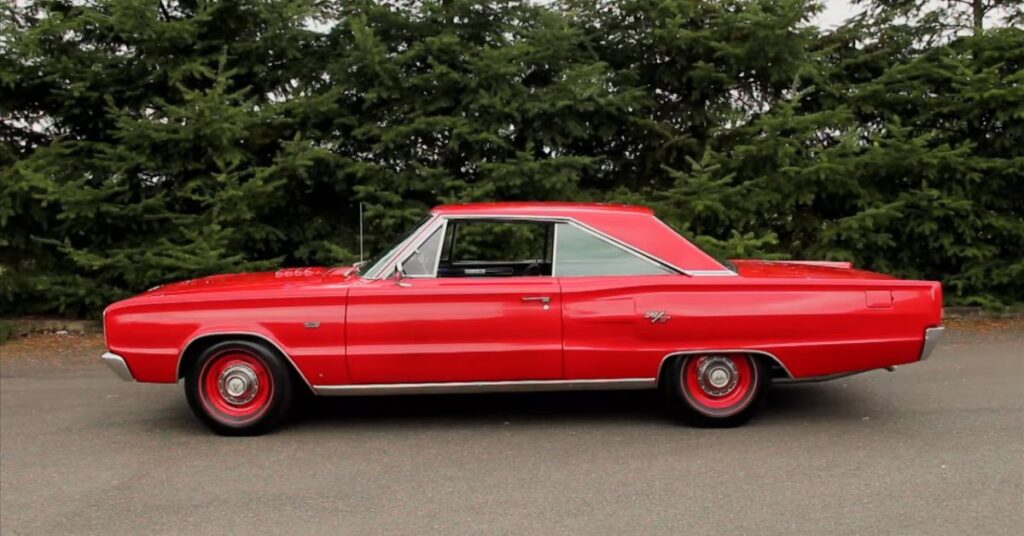
Dodge aimed to capture the attention of speed enthusiasts with the 1967 Coronet R/T. At that time, they faced tough competition from models like the Pontiac GTO and the Chevrolet Chevelle SS396. However, the base Coronet was perceived as too similar to regular passenger cars, while the 426 Hemi version was considered too much of a race car for everyday street use. Despite complaints about styling and hood scoop authenticity, the 426 Hemi engine attracted racers due to its drag strip capabilities.
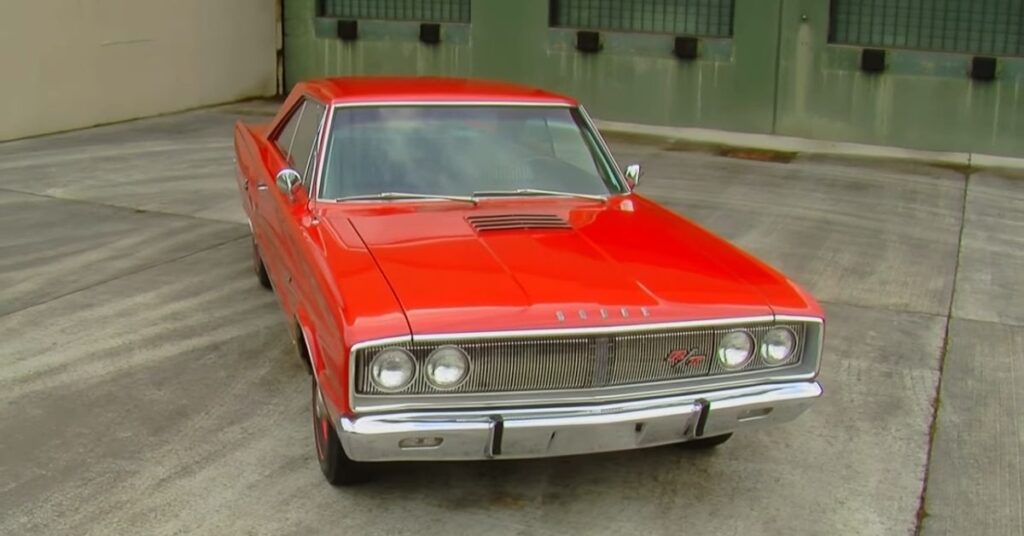
The Power of the 426 Hemi Engine
The highlight of the 1967 Dodge Coronet R/T was undoubtedly its engine. The 426 Hemi engine, with its dual four-barrel carburetors and free-flowing dual exhaust, generated a staggering 425 horsepower. This immense power allowed the Coronet R/T to deliver exhilarating performance on the road. Whether equipped with the standard four-speed manual transmission or the optional three-speed automatic, drivers were treated to an unforgettable driving experience. To handle the power efficiently, the rear axle received heavy-duty reinforcements, ensuring durability and reliability. Additionally, an extra rear leaf spring on the passenger side improved traction and reduced wheel hop, allowing the Coronet R/T to unleash its full potential.
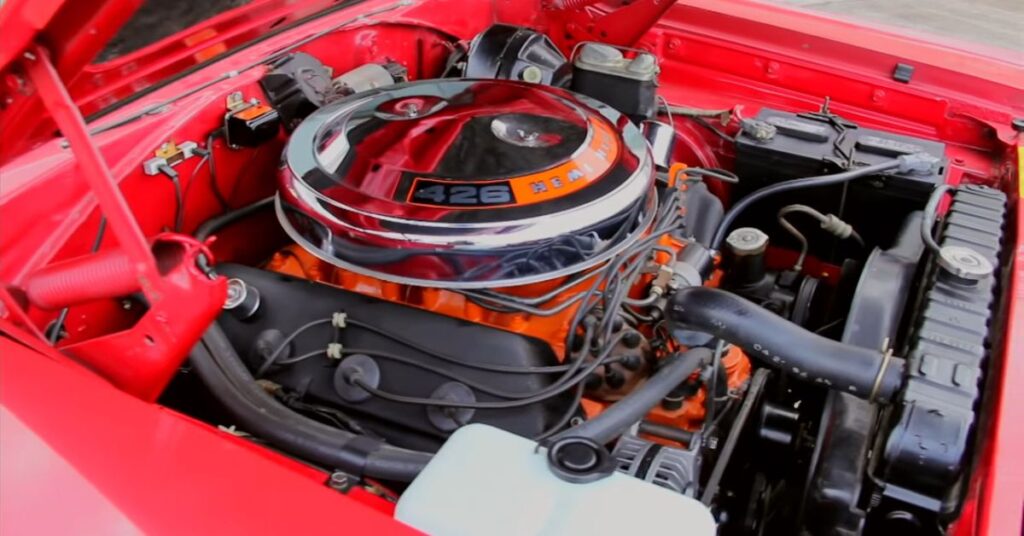
With its 426 Hemi engine, the 1967 Dodge Coronet R/T was a force to be reckoned with on the streets. The combination of dual four-barrel carburetors and free-flowing dual exhaust contributed to the engine’s exceptional power output of 425 horsepower. Whether enthusiasts preferred the engagement of the four-speed manual transmission or the convenience of the three-speed automatic, both options provided thrilling acceleration and a thrilling driving experience. The rear axle’s heavy-duty reinforcements ensured that the Coronet R/T could handle the immense power without compromising durability. Furthermore, the additional rear leaf spring on the passenger side enhanced traction and minimized wheel hop, making it easier for drivers to harness the car’s full potential.
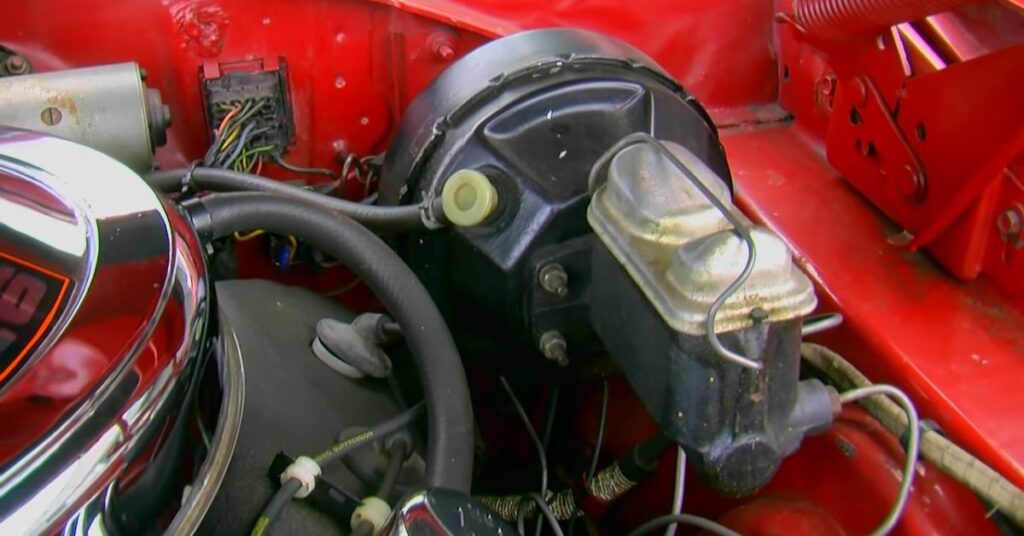
The 426 Hemi engine in the 1967 Dodge Coronet R/T was a marvel of performance engineering. Its dual four-barrel carburetors and free-flowing dual exhaust allowed it to produce an astonishing 425 horsepower. Whether drivers opted for the standard four-speed manual transmission or the available three-speed automatic, they could expect a dynamic and exhilarating ride. To support the engine’s formidable power, the rear axle was reinforced to withstand the demands of high-performance driving. The inclusion of an extra rear leaf spring on the passenger side further improved traction and minimized wheel hop, ensuring that the Coronet R/T delivered power to the pavement with precision and control.
Performance Enhancements for Road and Track
The 1967 Dodge Coronet R/T was a car that aimed to deliver exceptional performance both on the road and the track. It came equipped with various features designed to enhance its capabilities. One such feature was the heavy-duty shocks, which ensured better handling and improved traction, allowing drivers to push the car to its limits with confidence. Additionally, the front sway bar further contributed to the car’s stability during spirited driving, keeping it planted firmly on the asphalt and minimizing body roll.
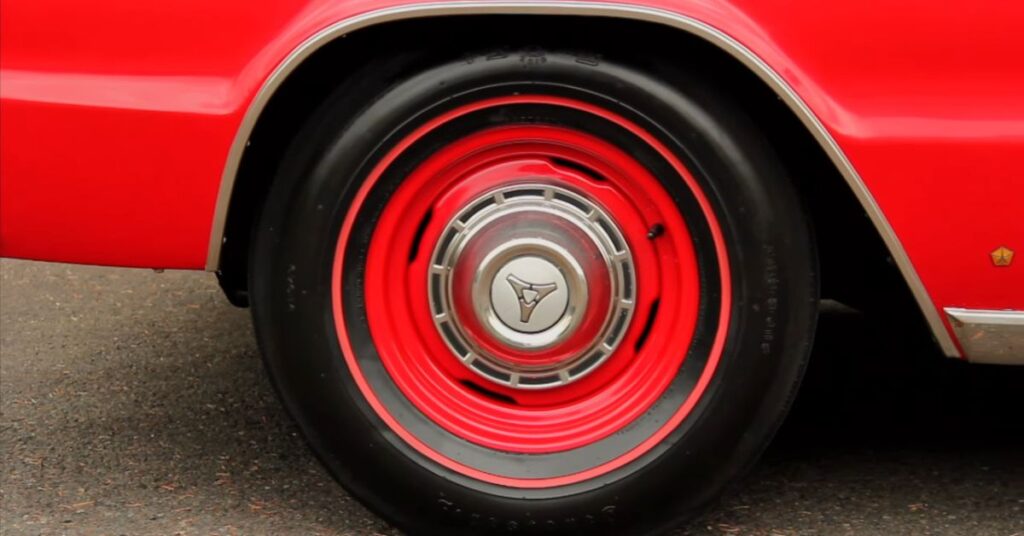
Braking performance was also a key consideration for the Coronet R/T. While the standard setup included three-inch wide drum brakes, buyers had the option to upgrade to front disc brakes. These optional front disc brakes provided superior stopping power, allowing for more precise and controlled deceleration. This enhancement was especially beneficial during high-speed driving or on the race track, where effective braking is crucial for performance and safety.

The 1967 Coronet R/T’s exceptional performance and value proposition were recognized by Superstock magazine, which hailed it as the best performance per dollar car they had tested. This accolade solidified the Coronet R/T’s status as a high-performance machine that offered excellent bang for the buck. With its powerful engine, handling enhancements, and the option for upgraded brakes, the Coronet R/T delivered an exhilarating driving experience that exceeded expectations and justified its reputation as a top performer in its class.
The Driver’s Experience: Interior and Controls
Stepping inside the 1967 Dodge Coronet R/T, drivers were met with a sporty and driver-focused interior. The bucket seats and full-length console provided a comfortable and immersive driving experience. The wide dashboard featured an array of rectangular-shaped gauges and controls, conveniently positioned for easy access. These gauges and controls provided vital information to the driver at a glance, allowing for quick monitoring of speed, fuel levels, and engine performance.

As an optional feature, a tachometer was mounted low on the front part of the console. While this provided valuable RPM information, its visibility during high-speed driving could sometimes be a challenge. However, the distinctive sound of the Hemi engine’s roar and the sight of billowing tire smoke served as unmistakable cues for drivers to shift gears, adding to the raw and thrilling driving experience of the Coronet R/T.
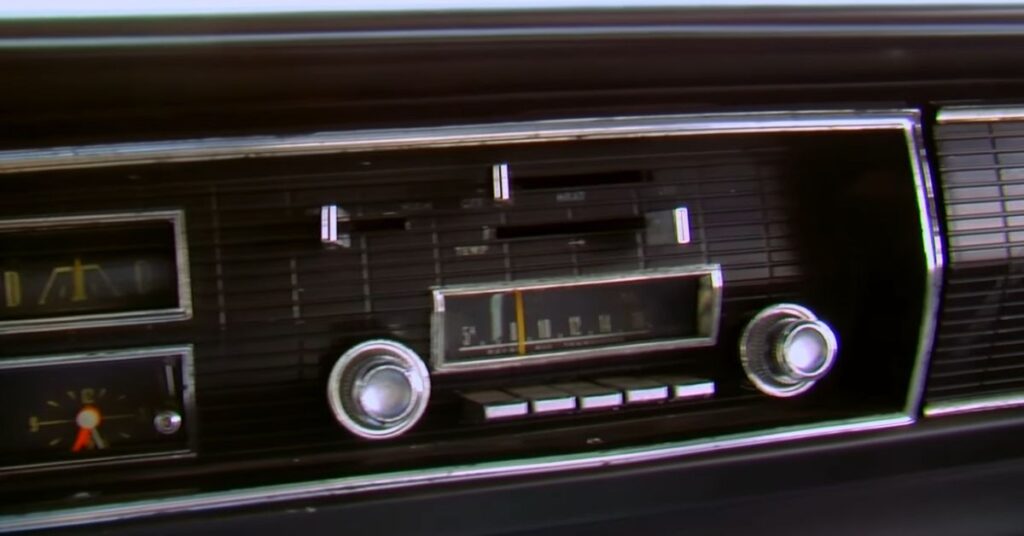
The interior design of the 1967 Dodge Coronet R/T aimed to create an engaging and immersive environment for the driver. From the comfortable bucket seats and full-length console to the well-positioned gauges and controls, every detail was designed to enhance the driving experience. While the visibility of the optional tachometer could be improved, the visceral sensations provided by the powerful Hemi engine compensated for it, reminding drivers of the exhilaration and excitement that came with commanding such a remarkable machine.
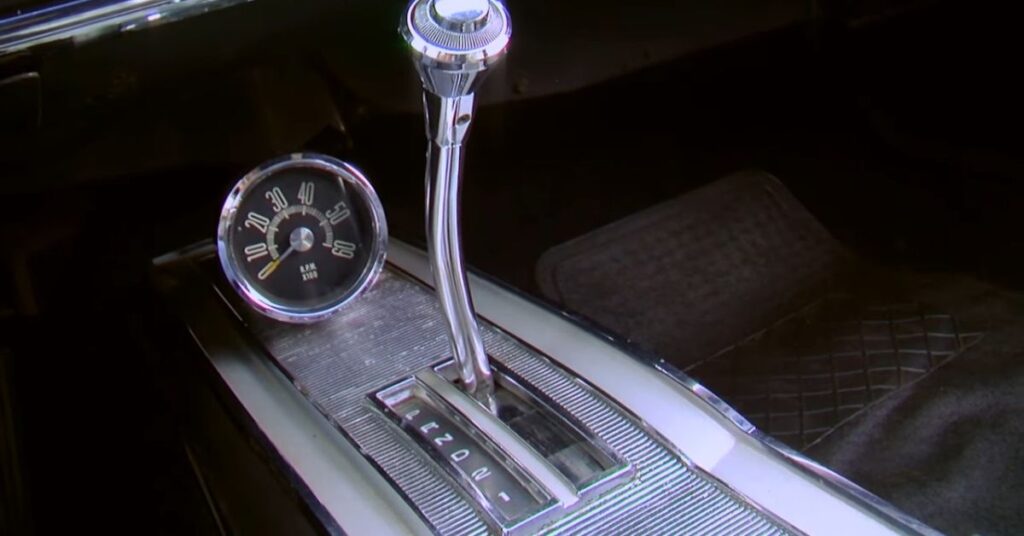
Marketing the 1967 Dodge Coronet R/T
Dodge embraced the muscle car culture of the time and marketed the Coronet R/T as a drag racer’s dream. Advertisements referred to it as the “big bore hunter” and showcased its capabilities for drag racing enthusiasts. One notable ad featured a confident young woman behind the wheel, challenging stereotypes and acknowledging the emerging women’s movement. Dodge recognized the car’s appeal to a broader audience and portrayed it as a vehicle that empowered drivers of all genders.
Modifications for Improved Performance
Enthusiastic owners of the 1967 Dodge Coronet R/T sought ways to extract even more performance from their machines. Hot Rod magazine, in particular, explored various modifications to achieve faster quarter-mile times. These modifications included changing rear gears, adding headers, swapping the distributor, adjusting the valves, and fine-tuning the carburetor. While these changes required some technical knowledge, they were within the reach of passionate weekend racers.

The 1967 Dodge Coronet R/T with the 426 Hemi engine saw limited production numbers, making it a sought-after and valuable car today. Dodge only sold 162 units with the automatic transmission and 121 with the four-speed manual. The low production figures were initially seen as a drawback, but they contributed to the car’s exclusivity and desirability among collectors. Today, owning a well-preserved 1967 Coronet R/T 426 Hemi is a testament to automotive history and a sound investment.
Conclusion
The 1967 Dodge Coronet R/T 426 Hemi remains a symbol of the golden age of American muscle cars. Its striking design, exceptional power, and dedicated performance enhancements set it apart from its competitors. Although its production numbers were limited, the legacy of the Coronet R/T continues to captivate automotive enthusiasts and collectors alike. With its combination of rarity, performance, and iconic styling, this muscle car will forever hold a special place in automotive history.

